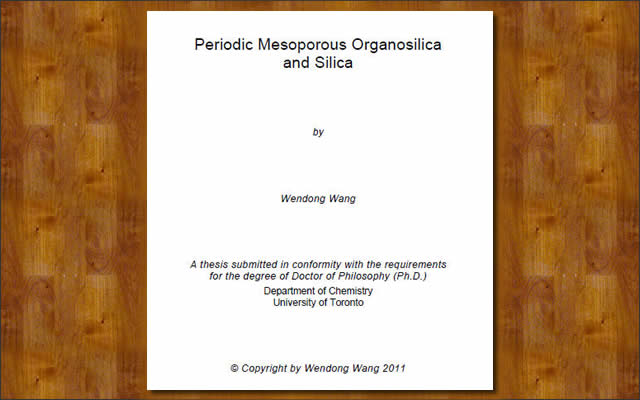
Seven days before flying to Toronto for graduate studies, I attended Asian Technology Initiative Entrepreneurial Conference 2006 in Shanghai. One theme of the conference was Web 2.0, the key feature of which was user-generated content. Wikipedia, Facebook, blogging websites, YouTube, and Twitter all fell into this category. Although those social media websites were just fledging at that time, time has proved that they have not only survived but are thriving. In the meantime, I have turned from a skeptic to an active user of most of these sites. They have provided me with a means to stay connected with distant friends and family members, a platform to share thoughts and memories, and most importantly a way to express my individual identity. My experience mirrors a large portion of the society: at the most basic level, Web 2.0 gives a voice to everyone. Since everyone has a voice, the web becomes increasingly democratic and messy.
Science publishers have adopted Web 2.0 early. Not only have they digitized their journals and made them available online, they have also designed their websites as the central platforms to communicate with authors and readers. Nature publishing group, ACS, and Wiley all publish RSS feeds (developed initially for blogs) of their papers; and Nature now even allows every reader to comment on all published articles online. This immediate integration of science publishing with Web 2.0 reflects the key similarities of the two: both are democratic because every researcher publishes, and once a paper is published, everyone can comment on it; both are messy because given the large volume of data published, finding what one wants can be daunting.
My experience with social media websites and with science publishing leads me to the question—why thesis? Scientific journals are like traditional media such as New York Times and BBC; a thesis is like an individual’s blog. In much the same way that most people read news from traditional media outlets but not from an individual’s blog, most people will know about my work through my papers instead of my thesis. Since my work has been communicated to the scientific community through papers, why am I writing a big thick book that only a handful of people in the world will actually (have to) read? Or from the perspective of my thesis committee, why reading a lengthy thesis instead of more compact papers when I (committee members) am already overloaded with information? Without adding much new to what is already known, my thesis will probably contribute to the messiness of information, in much the same way individuals’ blogs do these days.
I want to try something different.
At the University of Toronto, I have attended courses, workshops, and seminars on academic writings, but I have not found any official training on scientific illustration. Given the importance and increasing use of graphics to present ideas and data in scientific publishing—almost all journals require a table-of-content image accompanying a paper and every journal encourages authors to submit images to be considered for front covers—it will be beneficial for a graduate student to have some formal training on scientific illustration. Since none exists, I take every opportunity to train and practice myself, including this thesis. I shall therefore present key ideas in graphic form and keep words to a minimum level. And in doing so, I hope to make it compact and reader-friendly.
P.S. I just sent the thesis (144 pages in total) to the graduate counselor of the chemistry department last Friday. She is going to forward the thesis to an external examiner in IBM. Although it took only about one month for me to write it (or more precisely, compile it from published papers), it is still a relief to have it out.
